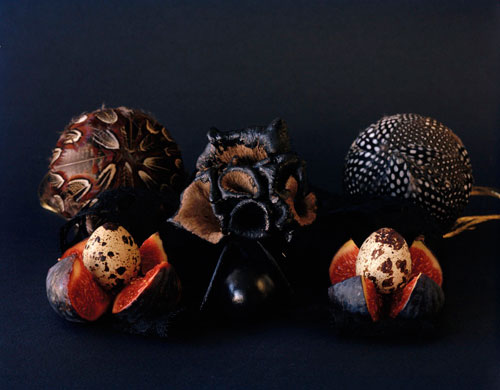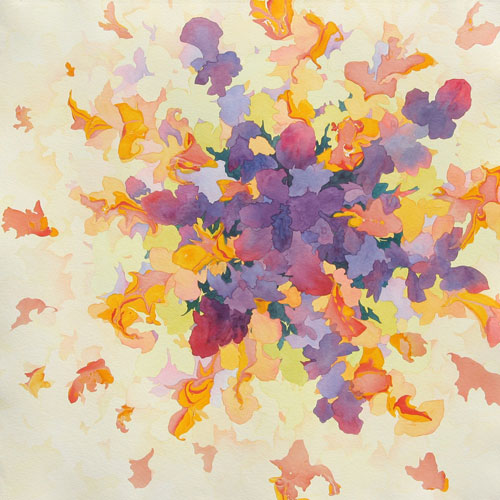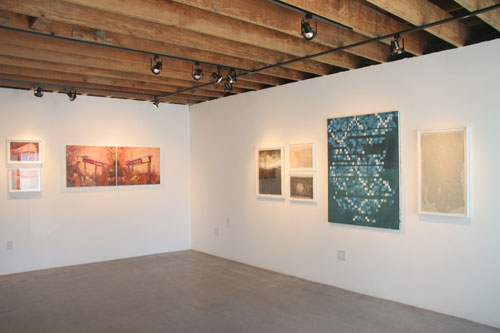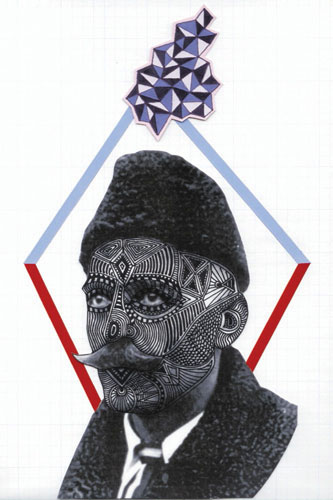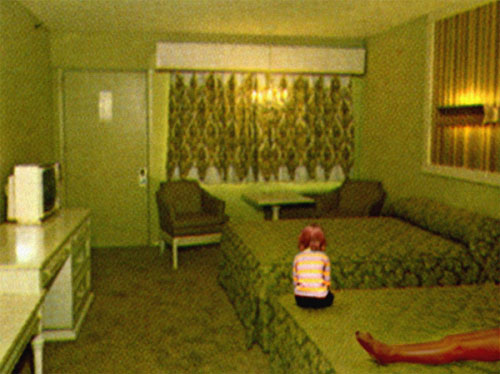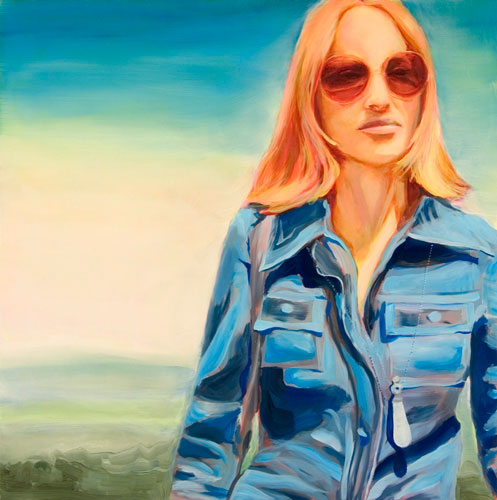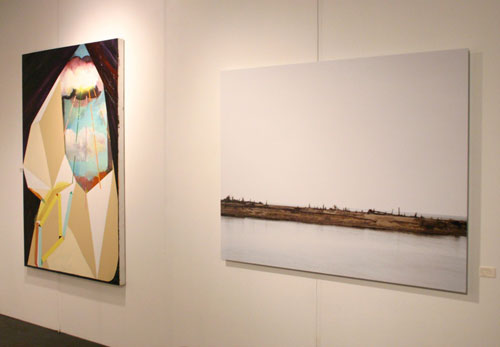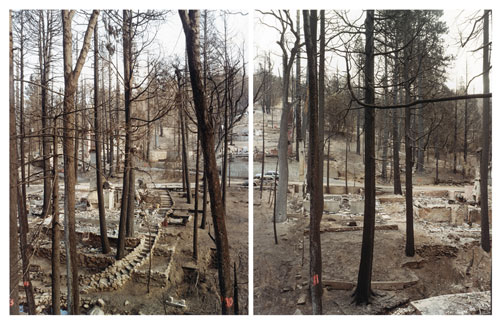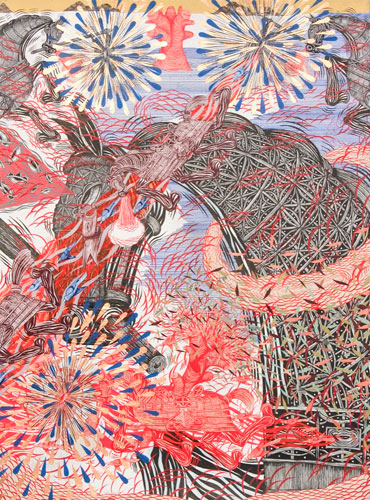A Great Delicacy, Curated by Melissa Levin
October 20 – December 1, 2007
Taylor De Cordoba is pleased to present A Great Delicacy, a group show featuring 5 New York based artists, curated by Melissa Levin. A great delicacy can be an indulgence, but is also a way (with which) to render and create. The artists in this show are making work about food, sex, waste spills in the ocean, and the ways we digest or filter our own consumption. And there is an awareness in the work of the way we consume, a great delicacy in the treatment of the concepts and the rendering whether through photography, painting, drawing or collage. Generally it is more and more possible to become disconnected from what we eat, with whom we make love, where our waste goes after it leaves our cars, homes, and bodies. Each of the artists represented in this show are attentive to these things, if not in awe of them.
Rebecca Veit and Kathryn Hillier’s still lives, from their series, The Never Wilting Flower Project, are beautiful and strange. Using food and objects shopped mostly at farmers and flea markets in both Paris and New York, the photographs direct your experience of these moments as they might never occur – like a pineapple painted gold and used for its odd body or a post-coital pomegranate torn apart and resting in front of a dense red curtain.
Michael Bilsborough’s drawings are simultaneously wild and controlled, sometimes erotic, and often grotesque. They are depictions of orgies inside perfectly constructed architecture and using perfect perspective. Figures might be repeated several times, performing different acts, often on one another. Devoid of sensuality, or voluptuous flesh, these scenes are anonymous but charged and are especially so in a world so saturated with generic sexual imagery focused on titillation and usually for sale. Ultimately, in Bilsborough’s work, there is a great conflation of the most attractive opposites, the Apollonian and the Dionysian.
This combination of the excessive and the restrained also appears in a different form in Gregory Parma Smith’s paintings. There is something very decadent in his renderings of generic things like strawberries or a pocketknife. It is as if he has gone deep inside of the thing (and of painting itself) and extracted the elements of its Platonic iteration. The subjects and surfaces of his paintings are therefore exquisite and pristine, but also luscious and very exciting.
McKendree Key’s collages are part of a series called Possibilities “based on the infinite number of possible scenarios taking place in the North-Pacific Gyre.” The North-Pacific Gyre, located between Asia and North America in the Pacific Ocean, has been described as “soupy with plastic”* because of the amount of waste it contains – mostly due to large spills from container ships. There are not images of the spills and in response, Key has created collaged waves filled with computer monitors, Nike shoes, umbrellas and traffic cones – a comment on the proliferation of needless and ignorant over-consumption. *From “Beach: Nike Shoes Wash Up”, by Janice Posada of The Daily Herald (Everett, Washington, 2001)
And Danica Phelps’ records of spending, earning and making love, from the series Integrating Sex into Everyday Life, are a detailed and obsessive daily documentation. These quantitative and qualitative accounts provide a more literal iteration of the intake and output of things in the world. This kind of record can appear detached but here it remains a highly personal account of daily struggles and triumphs

